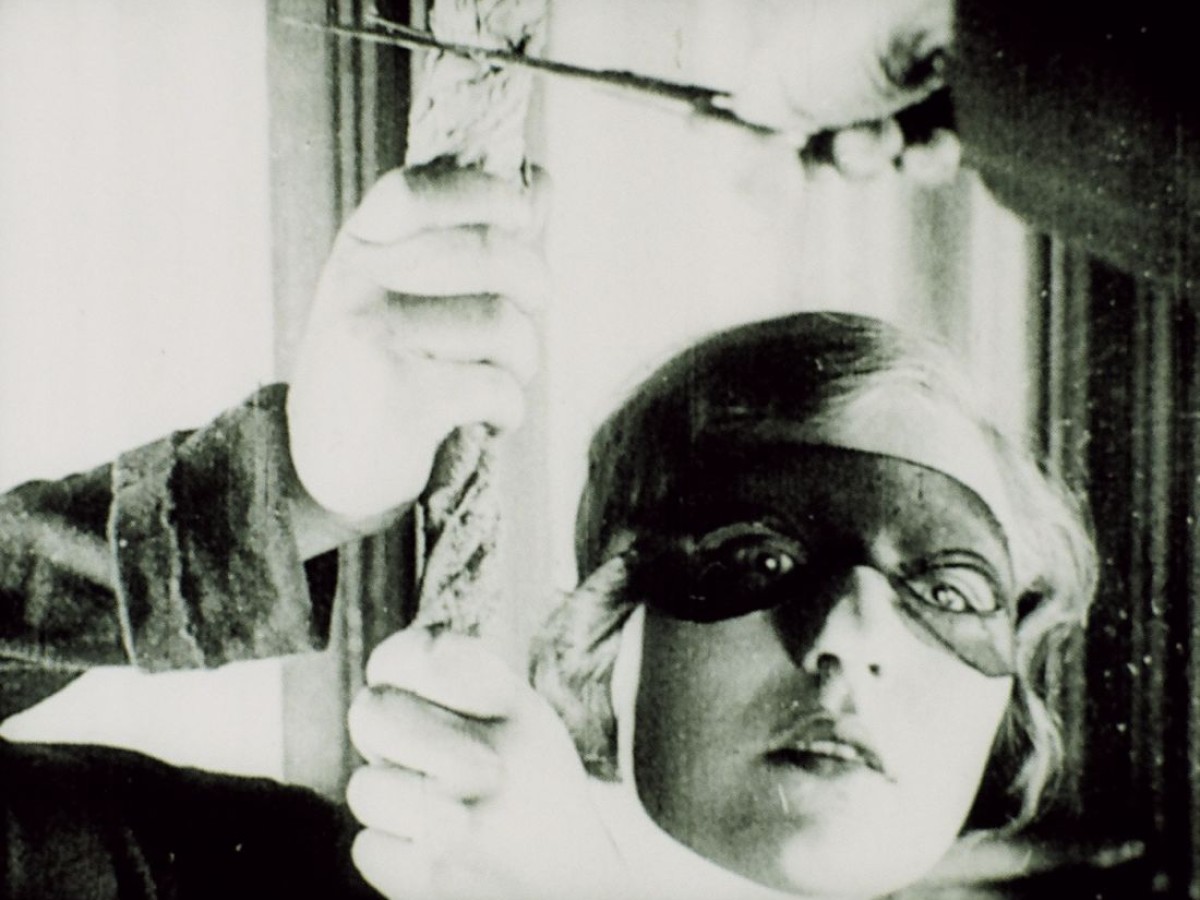"We've Got Heart"
Work for Hire: Advertising Films and the Avant-Garde
March 17, 2013
For the longest time films created for hire under the auspices of commerce and industry were not considered part of film history and were rarely studied in detail. Their staunch pragmatism and obvious purpose made it easy to overlook that these commercial formats would have been unthinkable without avant-garde film – and vice versa. It is not uncommon for aesthetic advances to be developed in direct relation to the subjects: Hans Richter made an advertising film for the Cologne Illustrated Newspaper by transcribing the magazine’s visual rhymes and the collage of images on the page into his cinematic montage. The artistic qualities of a work are not necessarily betrayed by its promotional purposes. Instead, the consumerist mission and the announcement of technological possibilities became part of the filmic potential. In cases like these, the Avant-Garde also promotes itself: as the forward-looking expression of forced (and forcefully funded) modernization.
For a number of years, research projects in Vienna, Amsterdam and Plymouth have investigated this interaction. The formats under consideration advertise everyday products or provide promotional information about the work, research, and economic interests of large corporations. Their generic term is usually Sponsored Films. With approximately 20 works, the program at the Film Museum will illuminate the relationship between creeping commercialization and the ever-progressing vanguard of modernity – from Philips to Humanic, from Joris Ivens and Len Lye to Peter Kubelka and Peter Weibel. The three parts of the program will be introduced by Mark-Paul Meyer (EYE Film Institute Netherlands), Lydia Nsiah (Ludwig Boltzmann Institute for the History and Society) and film artist Johann Lurf ("Play & Prosume").
The film program is the closing act of the installation "Play & Prosume" at Project Space/Kunsthalle Wien, curated by Margarete Jahrmann and Brigitte Felderer as part of the HERA research project, "Technology, Exchange and Flow" (University of Applied Arts, Vienna, University of Plymouth, Free University Amsterdam, in cooperation with the EYE Institute Netherlands and the Netherlands Institute for Sound and Vision.
Related materials
